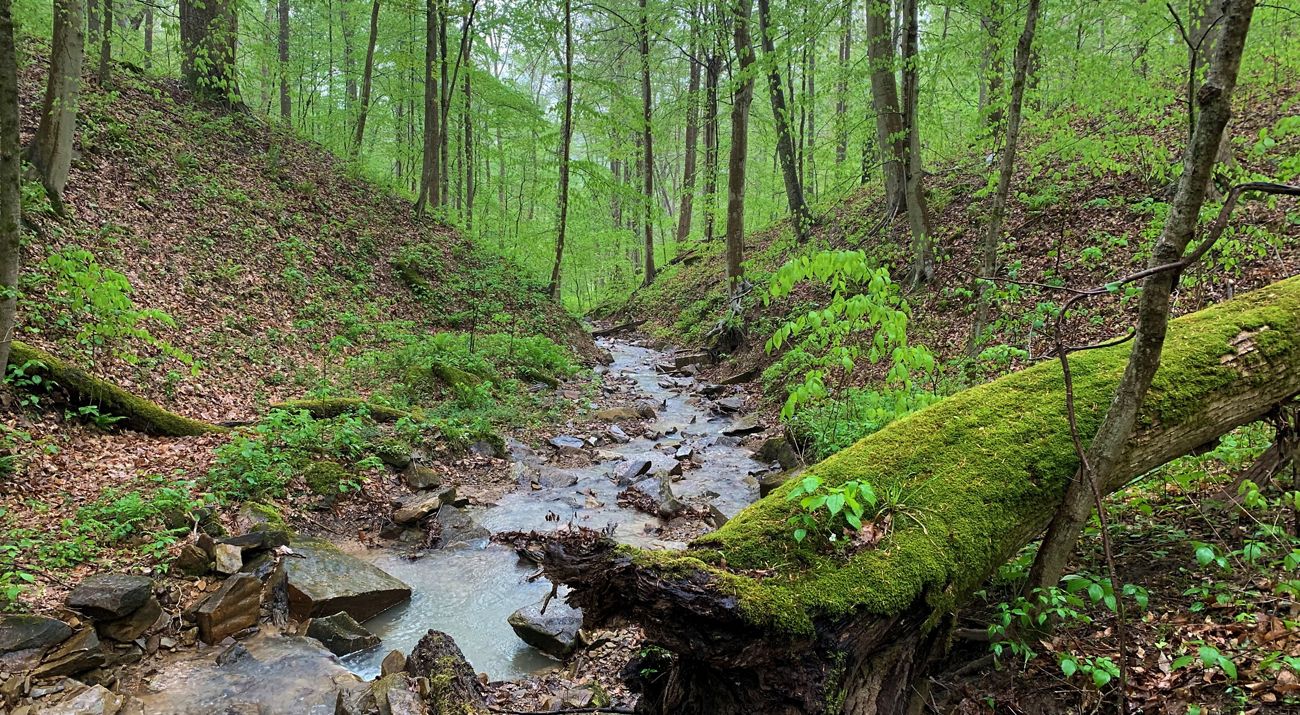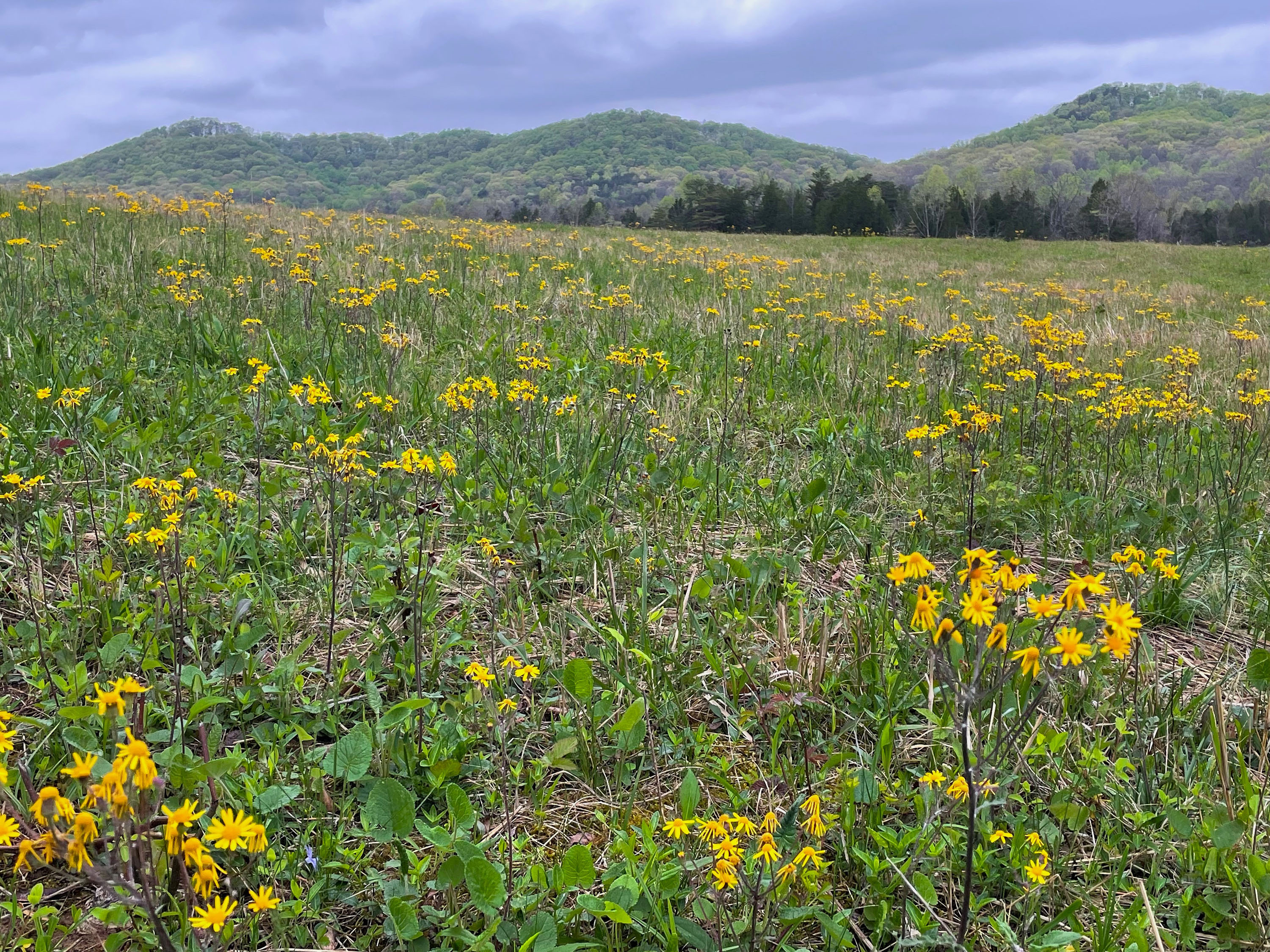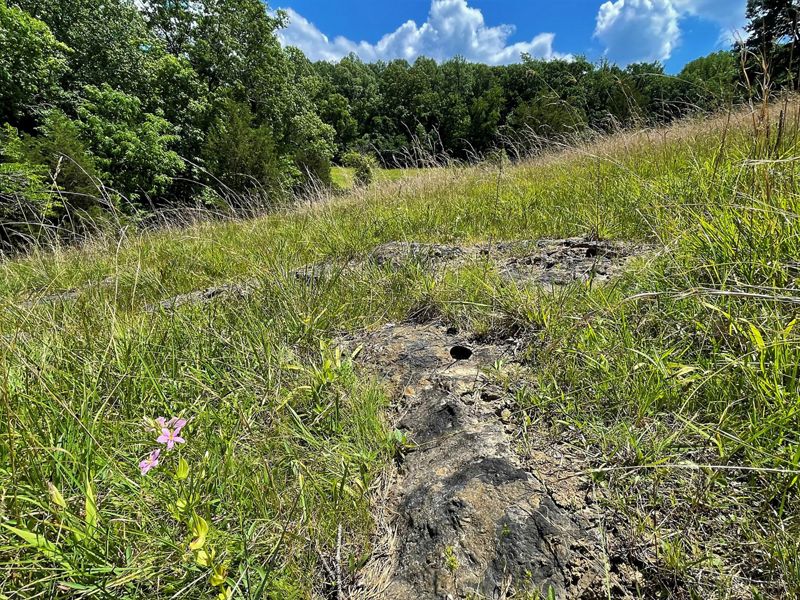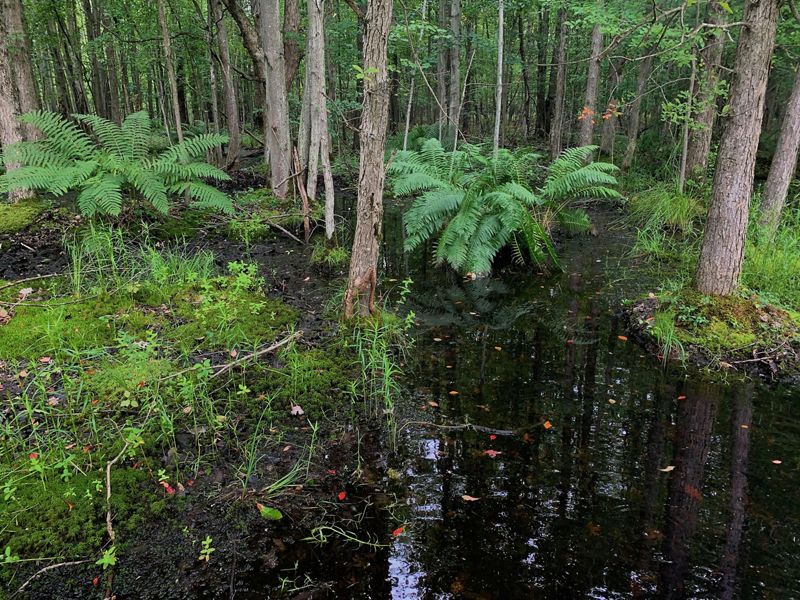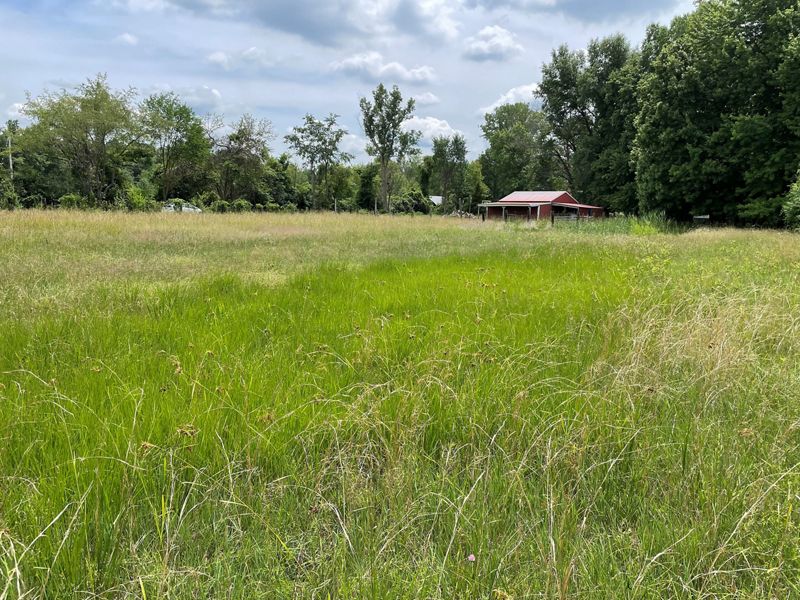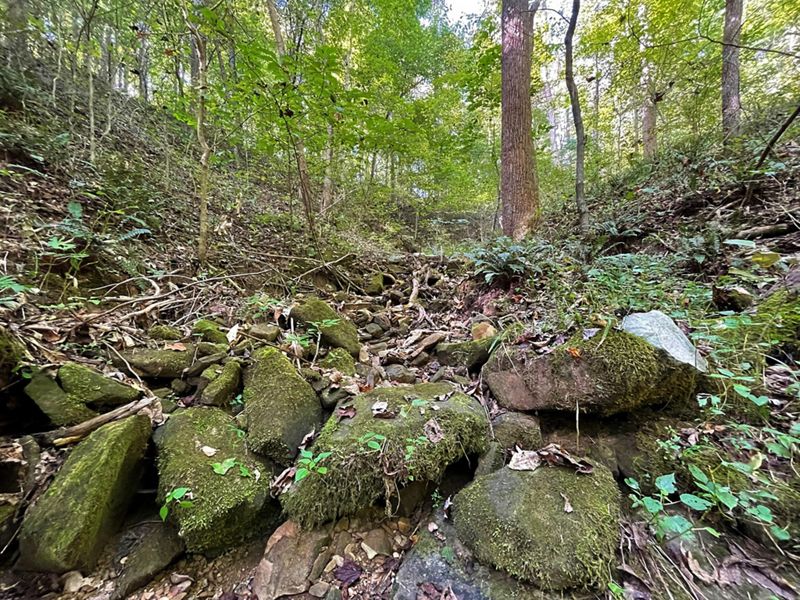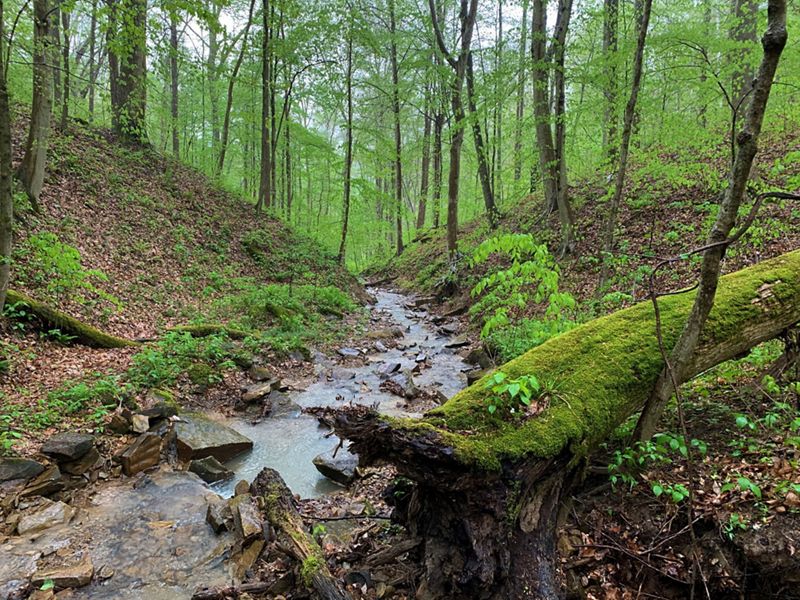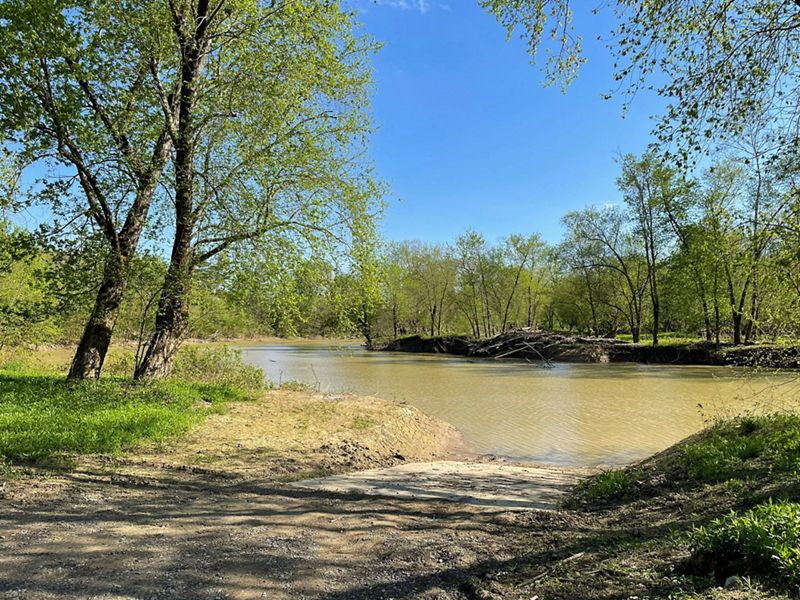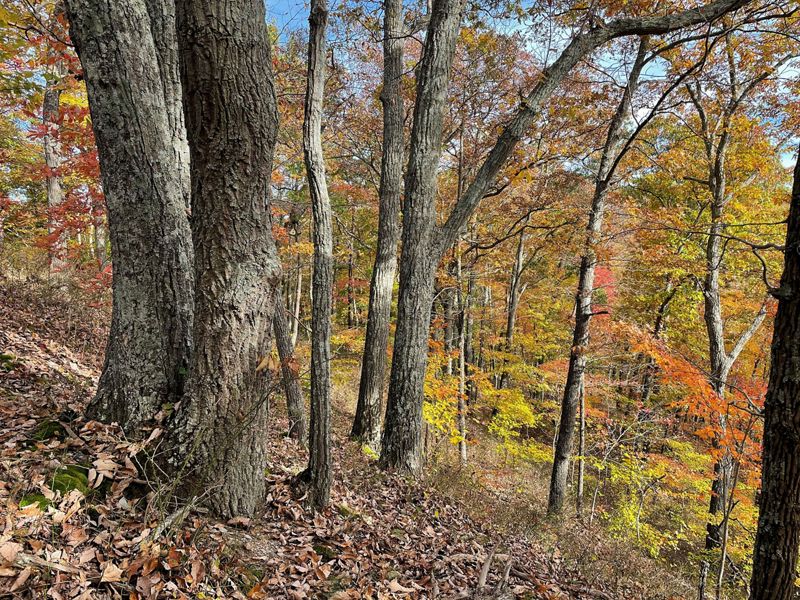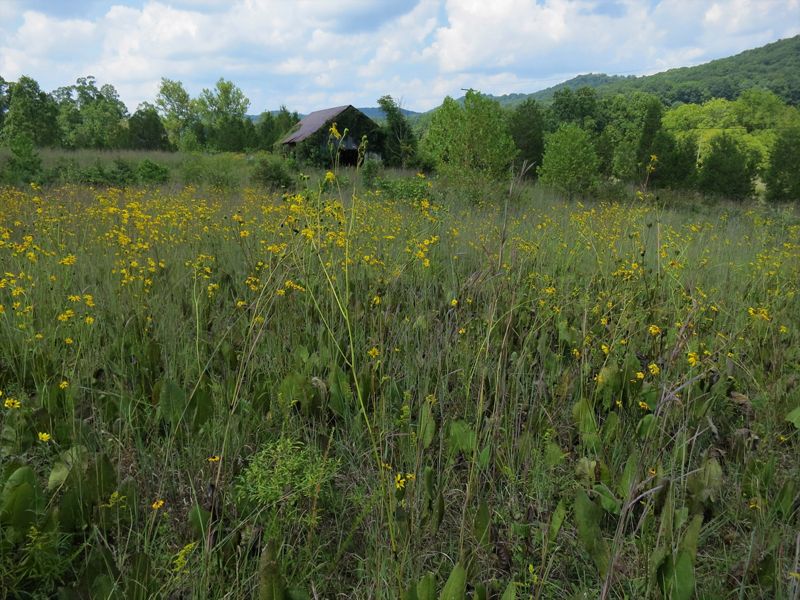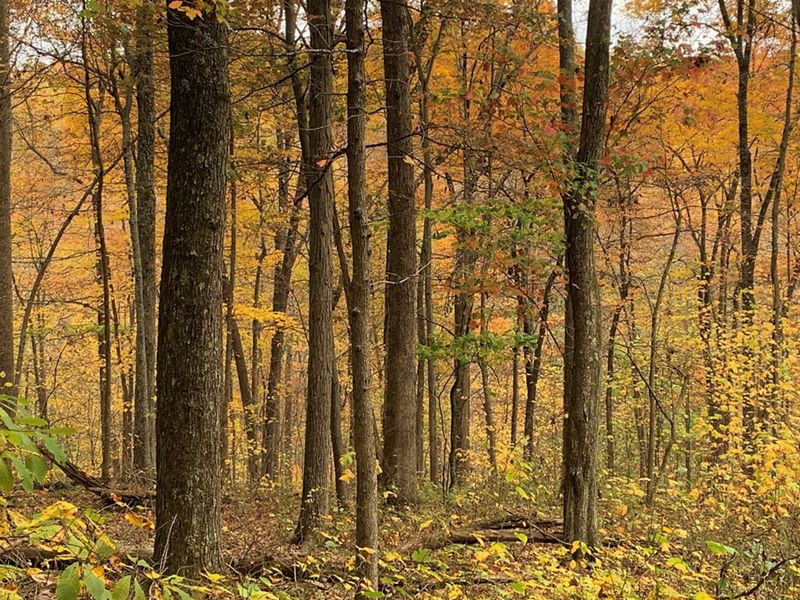Protecting Places Crucial for Nature in Ohio
Ohio’s natural areas are as bountiful as they are beautiful. Discover how we're safeguarding biodiversity through land protection across the state.
Ohio's Land Protection Efforts Prioritize Biodiversity
Climate change and loss of biodiversity threaten the future of people and nature worldwide. The Nature Conservancy is addressing these interconnected issues by conserving the lands and waters on which all life depends. As part of our 2030 goals, we are working to protect 30% of land and water to help stop irreversible biodiversity loss this decade. This includes conserving 1.6 billion acres of land, 620,000 miles of river and 74 million acres of lakes and wetlands globally.
Here in Ohio, we’re doing our part by conserving valuable habitats that will help us achieve our climate and biodiversity goals. By protecting and restoring habitats like wetlands, streams, rivers, lakes and forests, TNC is helping to reconnect fragmented habitats for plants and wildlife while ensuring the resiliency of these systems to support people and nature in a changing climate.
Here Are Some of the Natural Areas We've Recently Protected
Hauser Tract
Acquired May 2024
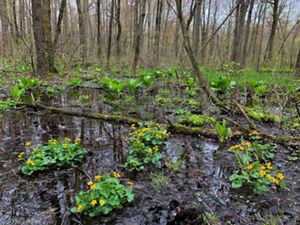
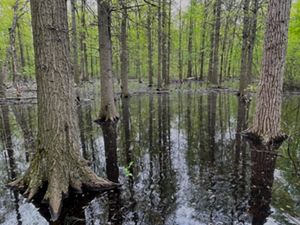

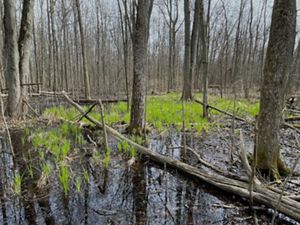

Kitty Todd Nature Preserve: Nearly half of the Hauser tract consists of largely intact Great Lakes pin oak - swamp white oak flatwoods that is part of a much larger protected swamp forest at Kitty Todd. © Terry Seidel/TNC

Hauser Tract: Protecting this property helps enhance the hydrology of a larger protected swamp at Kitty Todd. © Terry Seidel/TNC

Hauser Tract: This forested swamp provides critical habitat for rare and endangered species. © Terry Seidel/TNC

Hauser Tract Swamp: The acquisition of Hauser tract adds 22 acres of diverse habitat to Kitty Todd Nature Preserve. © Terry Seidel/TNC
The Hauser tract adds 22 acres to Kitty Todd Nature Preserve. Nearly half of this newly acquired property consists of largely intact Great Lakes pin oak—swamp white oak flatwoods that is part of a much larger protected swamp forest at Kitty Todd Nature Preserve. Securing this property helps to enhance the entire swamp’s hydrology, while protecting critical habitat for a diversity of rare and endangered species. The area is also important for water quality and helps with flood control. In time, TNC will restore the remainder of the property, which is now mostly old pasture, back to mesic sand and wet prairie habitat, both of which are rare habitats in the Oak Openings Region.
Combs and Moran Tracts
Acquired March 2024
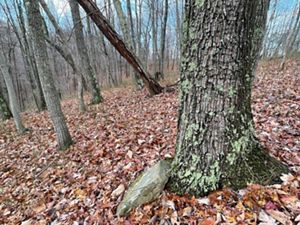
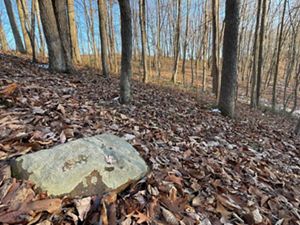
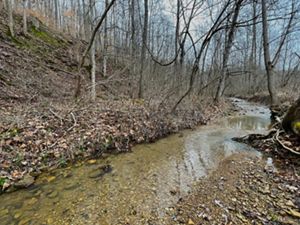
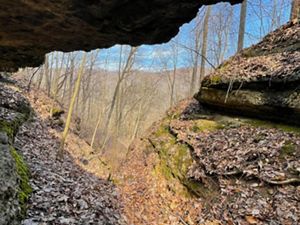

Combs Tract: Chestnut Oak Combs Tract © Terry Seidel/TNC

Combs Tract: A large waverly sandstone boulder sits in the forest on the newly acquired Combs Tract. © Terry Seidel/TNC

Moran Tract: The Moran Tract boasts 500 feet of Puntenney Run, a small spring. © Terry Seidel/TNC

Moran Tract: A rocky outcropping forms a cave on the newly acquired Moran Tract. © Terry Seidel/TNC
The 11-acre Combs tract helps to protect animal and plant habitat in the adjacent Shawnee State Forest and the Edge of Appalachia Preserve and serves as a beautiful backdrop for rural roads that bring enjoyment for many who live and recreate in this special part of Ohio. And our acquisition of the Moran tract adds 71 acres to Edge of Appalachia Preserve. This steep and heavily forested natural area boasts 500 feet of Puntenney Run, a small spring and a small cave, protecting important habitat at the Edge.
Coyle Tract
Acquired in December 2023
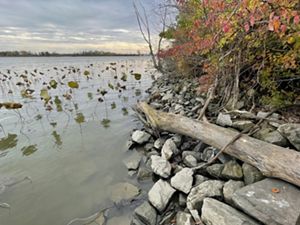
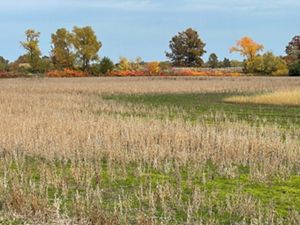
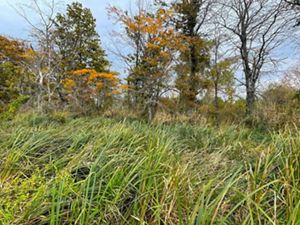
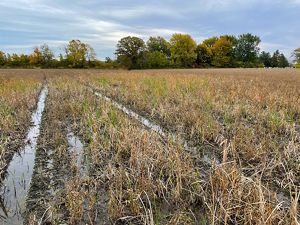

Coastal Habitat: Portage River shoreline © Terry Seidel/TNC

Coyle Tract: Agricultural fields at Coyle will be restored back to Lake Erie coastal habitat. © Terry Seidel/TNC

Coyle Tract: Remnant sedge meadow © Terry Seidel/TNC

Coyle Tract: TNC will work to restore former agricultural fields to Lake Erie coastal wetlands. © Terry Seidel/TNC
In December 2023, TNC closed on the 48-acre Coyle tract located along the Portage river in Ottawa county, using H2Ohio funds. The property includes about a quarter mile of the shoreline of the Portage River, a naturally drowned river mouth influenced by the waters of Lake Erie. The Natural Infrastructure team will work to restore the wet agricultural fields back into Lake Erie coastal wetland habitats. Once restored, the land will be donated to the U.S. Fish and Wildlife Service for inclusion into the adjacent Ottawa National Wildlife Refuge.
Petrovich Property
Acquired in August 2023
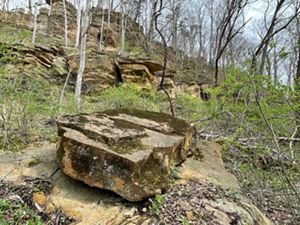


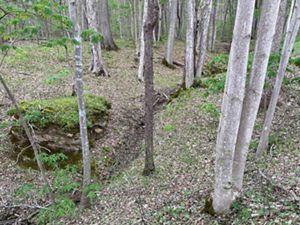

Petrovich Tract: The rocky landscape of the Petrovich tract will help to protect endangered Allegheny woodrat habitat. © Terry Seidel/TNC

Allegheny Woodrat: The state listed endangered Allengheny woodrat nibbling on some food. © Rich McCarty/TNC

Plant Diversity: Protection of the Petrovich property also helps to protect Ohio native plants like this twin leaf plant and delphinium. © Terry Seidel/TNC

Yellow Buckeye Grove: A grove of yellow buckeye trees stands within the Petrovich property. © Terry Seidel/TNC
This small but mighty tract of land at the Edge of Appalachia Preserve will help protect the state endangered Allegheny woodrat. At just over 3 acres it is not the largest property TNC has protected, but its location is critical to protecting woodrat habitat, which is limited in Ohio to a small area in and around the EOA preserve. Related to the more famous pack rats of the western U.S., the woodrat, which looks more like a large mouse than a rat, has a penchant for collecting objects. Funding for this acquisition was made possible by the Ohio Department of Natural Resources, Division of Wildlife.
Fuzzy Five Tract
Acquired August 2023
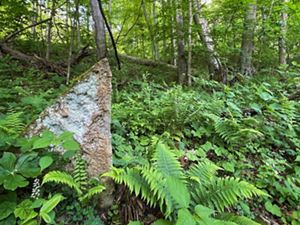
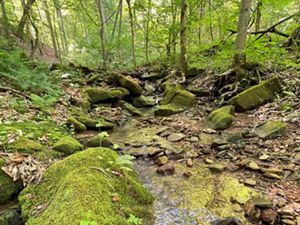
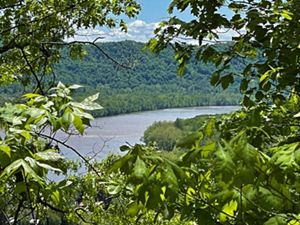
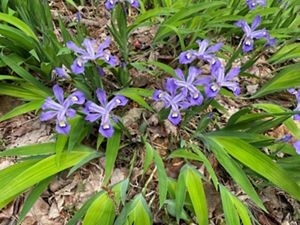

Fuzzy Five Tract: This new acquisition protects Appalachian hardwood forest in southern Ohio. © Terry Seidel/TNC

Fuzzy Five Tract: Protection of the Fuzzy Five tract helps to connect the Edge of Appalachia Preserve with the Shawnee State Forest. © Terry Seidel/TNC

Ohio River: View of the Ohio River from newly protected property in southern Ohio. © Terry Seidel/TNC

Dwarf Crested Iris: Dwarf crested iris is one of many native flowering plants found within the newly protected Fuzzy Five property. © Terry Seidel/TNC
Located on a high bluff overlooking the Ohio River and the hills of Kentucky, the Fuzzy Five tract is 250 acres of Appalachian hardwood forest adjacent to Shawnee State Forest. The acquisition is part of TNC's effort to conserve one of Ohio’s most resilient forested landscapes, which is anchored by the 65,0000-acre Shawnee State Forest and the 21,000 acre Edge of Appalachia Preserve.
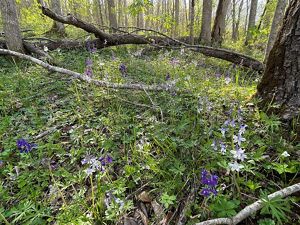
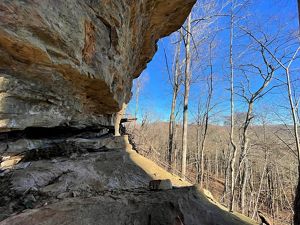
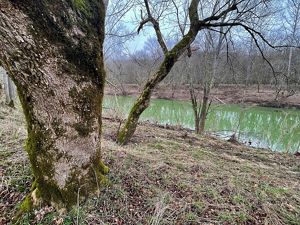
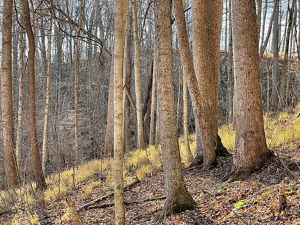
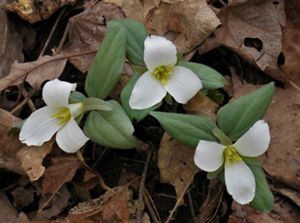
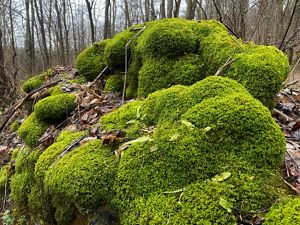
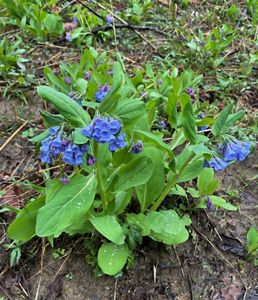
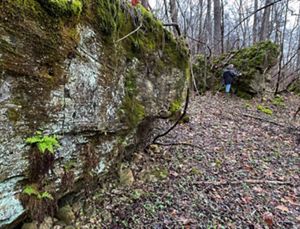
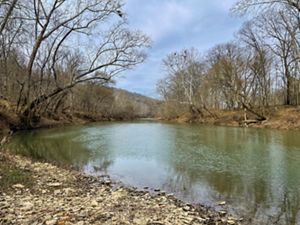
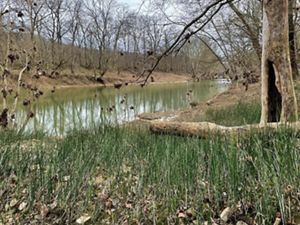

Dwarf Larkspur: The Portman tract boasts many beautiful blooms like this dwarf larkspur (Delphinium tricorne). © Terry Seidel/TC

Peebles Dolomite: A Peebles dolomite rock outcropping extends into the forest at Edge of Appalachia Preserve. © Terry Seidel/TNC

Ohio Brush Creek: Ohio Brush Creek is one of the most resilient watersheds in the eastern United States. © Terry Seidel/TNC

Tulip Trees: The Portman tract protects extensive wooded slopes of the valley wall of the Ohio Brush Creek. © Terry Seidel/TNC

Snow Trillium: Protection of the Moore tract helps to safeguard a population of uncommon snow trillium on adjacent property. © Terry Seidel/TNC

Moss Covered Boulder: The Edge of Appalachia Preserve protects many interesting geological features. © Terry Seidel/TNC

Virginia Bluebells: Spring ephemerals like these bluebells paint the forest floor with splashes of color at Edge of Appalachia Preserve. © Terry Seidel/TNC

Geology: Large slump blocks offer visitors a peek into geologic history at Edge of Appalachia Preserve. © Terry Seidel/TNC

Heron Rookery: Protection of the Moore tract preserves a heron rookery along Ohio Brush Creek. © Terry Seidel/Tnc

Ohio Brush Creek Plants: Horsetail (Equisetum) growing along Ohio Brush Creek. © Terry Seidel/TNC
In spring 2023, TNC acquired two properties that protect Ohio Brush Creek, one of the most resilient watersheds in the eastern U.S. The 35-acre Wayne Moore tract protects a quarter mile of Ohio Brush Creek frontage, which includes part of a great blue heron rookery. The land is wooded with small ephemeral tributaries and an occasional slump block of Peebles dolomite. Protecting the Moore tract also helps to safeguard a population of uncommon snow trillium (Trillium nivale) population on an adjacent tract of protected land while preserving the quality of Ohio Brush Creek.
Generously donated by Jan and Wym Portman, the 154-acre Portman tract at Edge of Appalachia Preserve in Adams County protects a quarter mile of Ohio Brush Creek and one-third of a mile of Beasley Fork. The property also boasts extensive wooded slopes of the Ohio Brush Creek valley wall. The land has small cliffs of Peebles dolomite and a few small sinkholes. Protection of this land helps preserve a portion of the incredible view visitors see when they look out on the Ohio Brush Creek valley from the top of Buzzardroost Rock.
Land Protection Over the Years
Visit an Open Preserve
While not all of TNC's properties are open to the public, we're proud to support eight open preserves where the public can enjoy access to the best of Ohio nature. Check out the map for more information about our open preserves and plan your visit today.
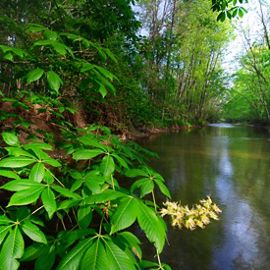
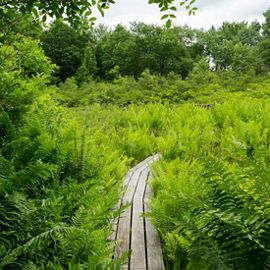
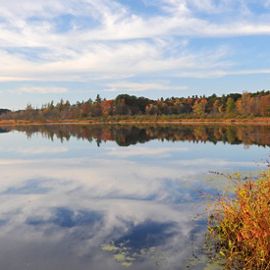
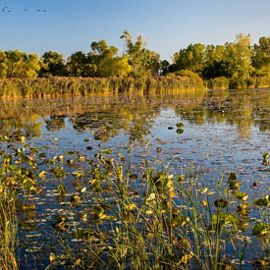
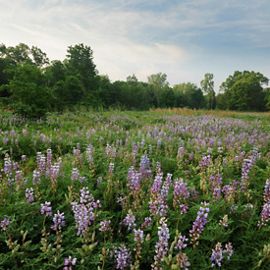
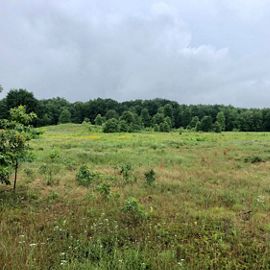
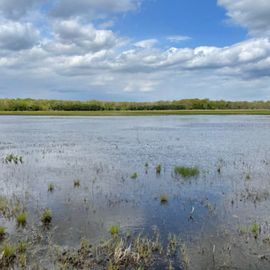
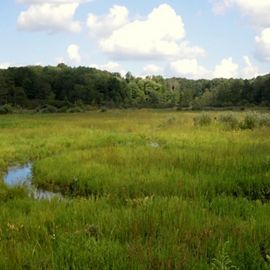
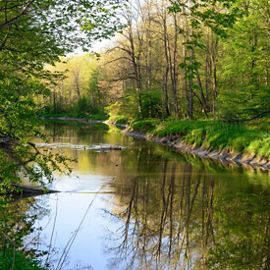
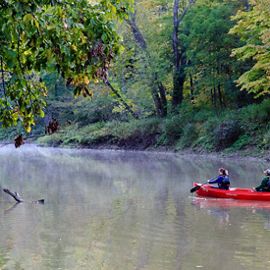

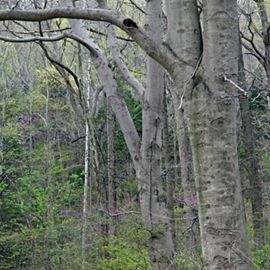
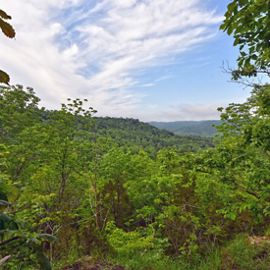

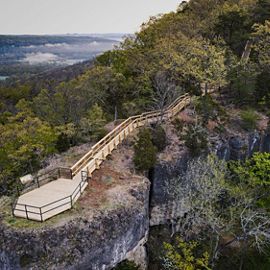
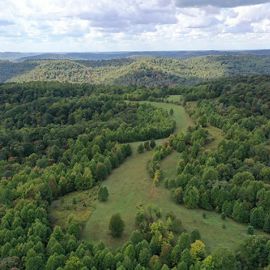
Ohio Open Preserves From hiking and kayaking to birdwatching and wildflower spotting, our preserves offer a diversity of outdoor activities that are fun for the whole family.
